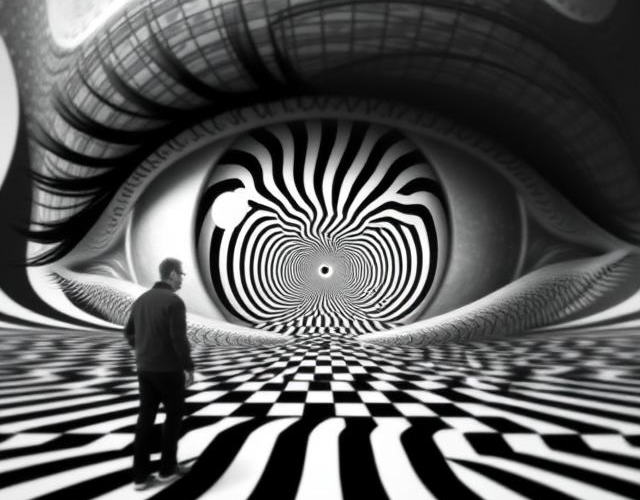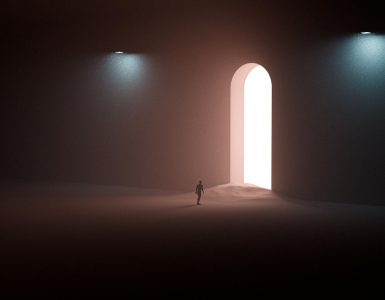At their core, optical illusions exploit the way our brains interpret visual information. Picture this: your eyes take in light and colors, sending signals to your brain, which then tries to piece together these signals into a coherent picture. However, sometimes, the brain gets a little too creative, filling in gaps or making assumptions that aren’t quite right. It’s similar to how a magician distracts you while pulling a rabbit out of a hat—your attention is drawn away, and voila, there’s something you didn’t expect!
One big player in this game is contrast. Ever noticed how colors pop against different backgrounds? That’s your brain doing the heavy lifting to perceive depth and detail, but sometimes it gets it wrong. Think of it like a camera misfocusing; it can create stunning images, but they might not always look the same up close and from a distance.
In addition, our brain loves patterns and symmetry. It craves order in the chaos of visual stimuli. This is where illusions become double-edged swords: they can show us patterns that aren’t actually there. It’s like walking into a crowded room and suddenly thinking you see someone familiar, only to realize they’re just a lookalike.
How Our Brain Interprets Visuals
Our brains are wired to process visuals faster than words. Can you believe that? It’s because we’re hardwired for survival; noticing a tiger in tall grass meant the difference between life and death thousands of years ago! So, when you see an image, whether it’s a breathtaking landscape or a wacky meme, your brain jumps into action. The visual cortex kicks in, rapidly analyzing everything from color contrasts to movement, like an impressive conductor directing an intricate performance.
Here’s where it gets even cooler: your brain doesn’t just passively receive these visuals. It’s constantly making connections, bringing your past experiences into play. When you see a sunny beach, your brain might conjure up memories of your last vacation or the smell of sunscreen. That’s why visuals can be so powerful; they tap into our emotions and trigger memories, allowing us to connect with them on a deeper level.

Ever wonder why brands use specific colors in their logos? It’s no accident! Red can make you feel excited or hungry, while blue often brings a sense of trust and calm. Your brain is like a sponge, soaking up these cues, and responding accordingly. So, next time you scroll through your feed or gaze at a masterpiece, remember that your brain is busy interpreting every detail, crafting a unique experience just for you. Isn’t that mind-blowing?
Famous Examples of Optical Illusions
Then there’s the mesmerizing ‘Rubin’s Vase.’ At first glance, you might see a beautiful vase, but wait! Shift your focus a bit and voilà! Two profiles emerge from the negative space. It’s like playing hide-and-seek with your perception. One moment, it’s one thing; the next, it transforms into something else entirely. That’s the beauty of optical illusions—they tease and twist our understanding of what’s real.
How about the famous ‘Munker-White Effect’? This illusion reveals how colors can change depending on their surroundings. It’s almost like your eyes are having a colorful party, dancing between hues! Just when you think you’ve nailed the color, it hops to another. Our brains can be fickle friends, can’t they?
And let’s not forget about the ‘Checker Shadow Illusion.’ A classic that showcases how shadows can alter our perception of color. It’s like a friendly reminder that perhaps we shouldn’t take everything at face value. If you thought you knew the colors in that checkered pattern, think again!

























Añadir un comentario